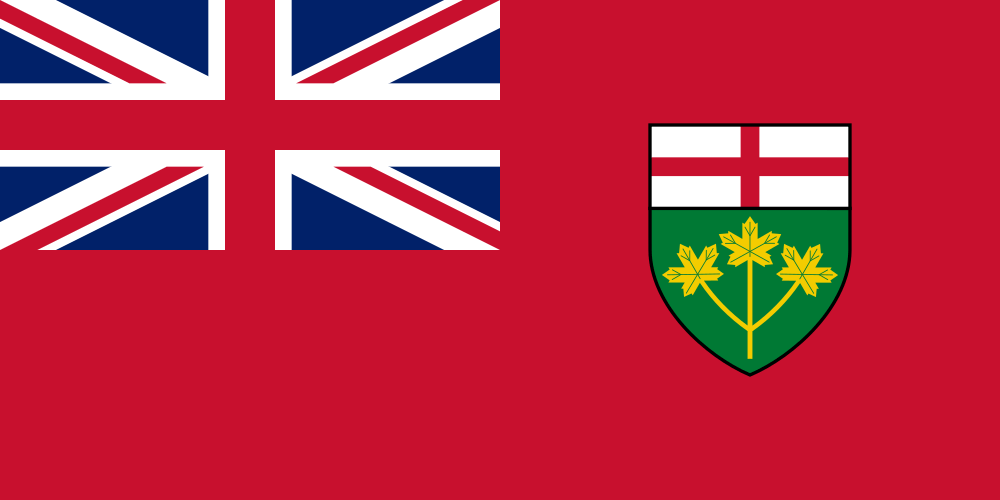Les cas de COVID-19 quotidiens frôlant la barre des 4 000 en Ontario, le gouvernement provincial a annoncé le 12 janvier 2021 une nouvelle situation d’urgence et le retour de mesures de confinement strictes à compter de 00 h 01, le 14 janvier. Les nouvelles mesures ressemblent à celles mises en place lors de la première vague, au printemps 2020, mais sont accompagnées de nouvelles restrictions et mesures d’application.
L’Ontario a déclaré une deuxième situation d’urgence en vertu de la Loi sur la protection civile et la gestion des situations d’urgence et a modifié les règlements d’application de la Loi de 2020 sur la réouverture de l’Ontario (mesures adaptables en réponse à la COVID-19). Cette nouvelle situation d’urgence durera au moins 28 jours (jusqu’au 11 février 2020) et s’appliquera, à quelques exceptions près, à l’ensemble de la province. Le gouvernement justifie sa décision par la hausse alarmante des taux d’infection et la menace de « graves répercussions sur le système de la santé ». Selon le premier ministre de l’Ontario Doug Ford : « Les dernières données de modélisation montrent que l’Ontario est en crise et, compte tenu des tendances actuelles, les unités de soins intensifs de nos hôpitaux seront débordées dans quelques brèves semaines et les conséquences sont impensables. »
Les mesures suivantes revêtent un intérêt particulier pour les employeurs :
- Un décret de maintien à domicile général de 28 jours est en vigueur et exige que tous demeurent à la maison, sauf aux fins essentielles suivantes :
- aller à l’épicerie ou à la pharmacie;
- obtenir des services de soins de santé;
- faire de l’exercice;
- effectuer un travail essentiel.
- Les travailleurs dont la présence n’est pas essentielle aux activités sont tenus de travailler de la maison.
- Le gouvernement ne se contente plus d’« encourager vivement » ces travailleurs à demeurer à la maison; c’est maintenant une obligation.
- Les commerces de détail non essentiels ne pourront ouvrir leurs portes avant 7 h et devront les fermer au plus tard à 20 h. Cette restriction s’ajoute à l’obligation pour les commerces de détail non essentiels de s’en tenir à la livraison et à la collecte sur place.
- Cette restriction ne s’applique pas aux commerces qui vendent principalement des aliments, aux pharmacies, aux stations-service, aux dépanneurs et aux restaurants offrant le service au volant, la livraison ou les mets pour emporter.
- Les chantiers de construction non essentielle sont encore plus limités.
- Le port du masque demeure obligatoire à l’intérieur, dans les organisations et commerces ouverts. Il est maintenant recommandé à l’extérieur, lorsque la distanciation physique est impossible à maintenir.
- Le nombre de clients dans les détaillants à prix réduit et les grandes surfaces ne doit pas excéder 25 % de la capacité du commerce.
- Les rassemblements extérieurs sont limités à cinq personnes, sauf certaines exceptions, ce qui est comparable aux restrictions du printemps 2020.
- Les écoles demeureront fermées (apprentissage en ligne seulement) à Toronto, Peel, York, Hamilton et Windsor-Essex, au moins jusqu’au 10 février, tandis que les écoles d’autres régions seront fermées au moins jusqu’au 25 janvier.
Le gouvernement a également promis de durcir les mesures d’application. Il conférera donc aux agents chargés de l’application des règlements, aux forces de police locales, à la police provinciale de l’Ontario et aux inspecteurs provinciaux du travail, le pouvoir de donner des contraventions aux personnes qui ne respectent pas les directives en vigueur. Les agents des infractions provinciales seront également habilités à fermer temporairement un lieu et à disperser les personnes qui enfreignent les limites de rassemblement en un lieu ouvert ou fermé. Le gouvernement a bien précisé qu’il y aurait des inspections surprises dans les grandes surfaces pour assurer le respect des limites de capacité.
Points à retenir pour les employeurs
Ce décret, ainsi que les restrictions sanitaires nouvelles ou existantes, visent précisément à limiter les déplacements de la population et à réduire les contacts quotidiens des gens hors de leur domicile. Les restrictions s’appliquant aux lieux de travail obligent les employeurs à s’assurer que les employés qui peuvent travailler de la maison le fassent. Les employeurs qui conservent des employés sur place pourraient faire l’objet d’inspections surprises de la part du ministère du Travail et d’autres autorités provinciales.
Ogletree Deakins continuera de surveiller l’évolution de la pandémie de COVID-19. Nous ajouterons toute information nouvelle au Centre de ressources sur le coronavirus (COVID-19) du cabinet. Les employeurs peuvent également suivre les webinaires et les balados du cabinet pour accéder à des renseignements essentiels.
Notez que le présent article a été publié avant que soient apportées les modifications aux règlements d’application de la Loi de 2020 sur la réouverture de l’Ontario (mesures adaptables en réponse à la COVID-19); par conséquent, il se fonde sur l’information à notre disposition le 12 janvier 2021.




